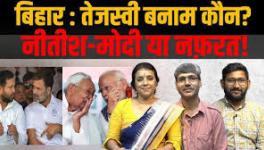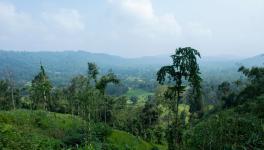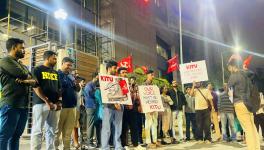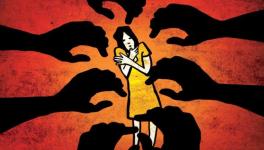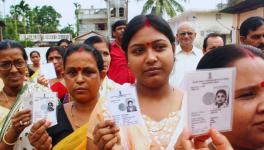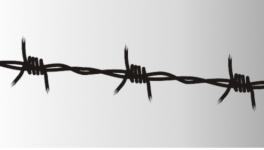Anti-CAA Protests: Internet Shutdown, Violent Repression, 3 Dead, Yet Protesters Continue to Hit Streets
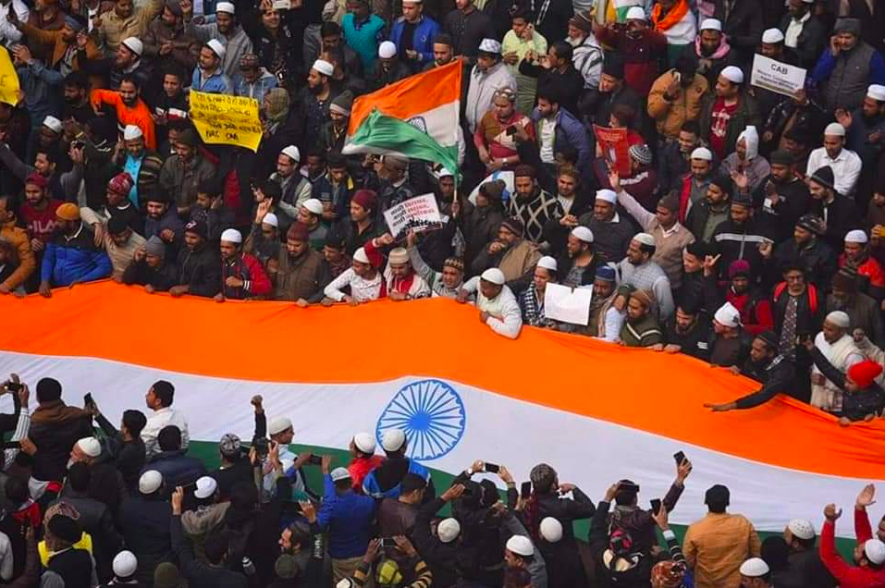
Courtesy: Twitter/@bilal_najshe
The protests against the contentious Citizenship (Amendment) Act (CAA), 2019, have been intensifying across the country over the last one week despite continuous crackdown on the protesters by several state governments, police, and the Modi-led Bharatiya Janata Party government at the Centre. The act, which became a law after receiving Presidential assent on December 13, seeks to provide citizenship to Hindu, Sikh, Christian, Jain, Buddhist and Parsi refugees from Pakistan, Afghanistan and Bangladesh, but leaves out Muslim refugees from seeking citizenship of the country.
Numerous protesters opposing the CAA and a nationwide National Register of Citizens (NRC) have been detained by the police across the country in order to curb the protests. However, the detentions have not discouraged the protesters as they continue to gather in large numbers and chant slogans against the CAA and the attacks by the state on the people opposing the act.
However, if one takes a look at the events of the last few days, it becomes clear that in a number of cases, violence ensued during the protests when the police took measures to disrupt the peaceful protesters. In several parts of the country, the police manhandled, detained and arrested thousands of protesters, infringing upon the people’s democratic right to dissent. Meanwhile, in Mumbai, thousands of protesters who had gathered at the August Kranti Maidan on December 19 to protest against the CAA thanked the police personnel present at the venue for not disrupting the protest and attacking the citizens, unlike what happened in other parts of the country.
Also read: Anti-CAA Protest: India Against Ghuspethiyas, Real or Fake
In Mangaluru, police clamped down on hundreds of protesters who had gathered to agitate against the CAA and the National Register of Citizens (NRC). The police fired shots in the air to disperse the protesters. They also resorted to using tear gas and lathicharge to curb the protest. Two persons received bullet injuries in police firing and they later succumbed at a hospital, police confirmed. The deceased were identified as Jaleel Kudroli (49) and Nausheen (23).
In Bengaluru, hundreds of protesters were detained at the Town Hall area on Thursday morning, as they came out in defiance of the prohibitory orders imposed in the city. The police had imposed Section 144 across the city so that people could not gather in large numbers.
In Kalaburagi, Karnataka, police started detaining the people as they started protesting. However, the bus in which the protesters were picked up, to be taken to the police station, was surrounded by thousands of protesters and was not allowed to move for hours. The protest continued peacefully after that.
In parts of Mangaluru, curfew has been imposed until Saturday (December 21) midnight, after protests in the city turned violent. Police at Urwa, Bunder, Barke and Kadri, which falls under Mangalore Central Subdivision made the announcement about curfew using loudspeakers.
In Uttar Pradesh, a large group of people were to reach Parivartan Chowk in Lucknow to protest against the Citizenship (Amendment) Act on Thursday. However, before the protests could begin at 2 PM, a handful of protesters including social activist and Magsaysay award winner Sandeep Pandey, president of the Rihai Manch and senior advocate Mohammad Shoaib, and retired IPS officers S R Darapuri were put under house arrest by Lucknow police. Mohammad Wakeel, 25, was killed as violence erupted in the state capital. In other parts of Uttar Pradesh, too, violence erupted as angry protesters clashed with the state police. Wakeel suffered a firearm injury when he was passing through the old city area where the clashes took place, his family said. But police denied that this had anything to do with the protests or police action. Several scattered incidents of violence were reported from Lucknow's old city and parts of Sambhal and Mau districts.
In Lucknow and some other parts of the state, mobile internet and text messaging services of all telecom operators remained suspended on Friday. In Lucknow, the suspension was announced on Thursday till Saturday noon.
Also read: Anti-CAA Protests Intensify: Left Leaders, Historian Ramchandra Guha Among Hundreds Detained
Internet services were also not available in Sambhal, Aligarh, Mau, Ghaziabad, Azamgarh and Bareilly districts even as Section 144 of the CrPC, prohibiting assembly of four or more people, was already in force in the entire state for several days.
In Gujarat, too, the state Home Ministry has issued a notice clearing permission for telecom services to be suspended temporarily for three days, from December 20 to December 22, "in case of any exigency".
In Delhi, the police started detaining protesters at both Lal Qila and Mandi House on Thursday, in an attempt to disperse them. The detained protesters were released at various parts of North Delhi, in an attempt to ensure that they do not join the protests. The protesters, however, travelled all the way back to Jantar Mantar despite the metro stations being closed and roads being blocked, where the protest continued until it was past 5 PM. More than 1,000 protesters were detained during the day. Telecom operators, Airtel, Vodafone Idea and Reliance Jio, also reportedly suspended internet, voice and messaging services in parts of Delhi-NCR following instructions from the police in the wake of protests.
In Madhya Pradesh, curfew was imposed in 44 districts. While protests took place in 12 districts (Bhopal, Shajapur, Khandwa, Khargone, Seoni, Gwalior, Betul, Ratlam, Barwani, Sagar, Ujjain and Panna) but violence took place only in Khandwa.
Also read: Anti-CAA/NRC Protests Grip MP, Section 144 Imposed For 60 Days
Meanwhile, in Assam, mobile internet service resumed on Friday morning, the tenth day after it was banned. The state had witnessed one of the worst violent protests in its history with three rail stations, post office, bank, bus terminus, shops, dozens of vehicles and many other public properties being set ablaze or totally damaged, as per PTI. Already five persons have lost their lives in the violence that broke out in the state last week. Several towns and cities were placed under indefinite curfew, including Guwahati, the epicentre of protests, besides Dibrugarh, Tezpur and Dhekiajuli. Night curfew was imposed in Jorhat, Golaghat, Tinsukia and Charaideo districts. With the situation returning to normalcy, curfew has been lifted from several cities and relaxed in the rest.
Get the latest reports & analysis with people's perspective on Protests, movements & deep analytical videos, discussions of the current affairs in your Telegram app. Subscribe to NewsClick's Telegram channel & get Real-Time updates on stories, as they get published on our website.










